Purpose of capacitor bank
Capacitors consume active power and release reactive power. They also present a low impedance to harmonics; in other words, they attract harmonic frequencies. Thus, they are installed in substations to:
- Correct power factor, consequently minimizes voltage drop at the load end, by injecting reactive volt-amp a.k.a. VARs.
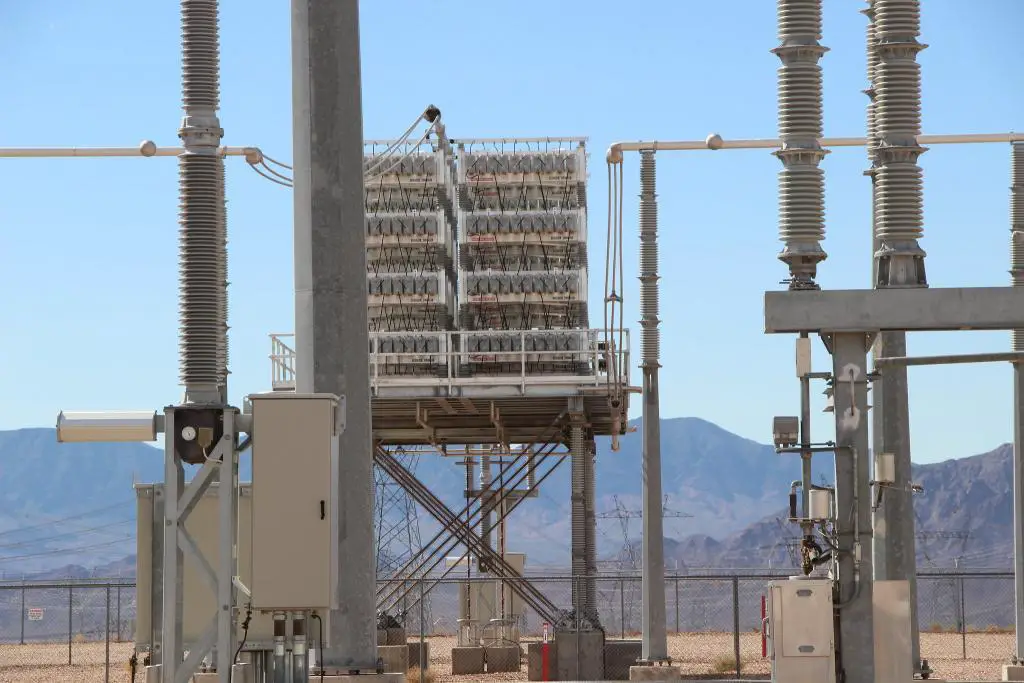
- Minimize voltage fluctuations, typically generated near industrial facilities, using harmonic filter banks – improving power quality in the process.
- Capacitors are an integral piece of Flexible AC Transmission (FACT) device. Some of the FACT devices are:
- Static Var Compensator: Used to provide reactive power support (either consume VARS using inductors or release VARs using capacitors – each device plugged into the circuit using thyristor valves) and to filter out harmonics
- Series capacitors on high voltage transmission line: Used to maximize power flow on the line by consuming lagging VARs, improve the steady-state and dynamic stability of the power system (by preventing the generators from operating at the maximum allowable power angle. Learn more)
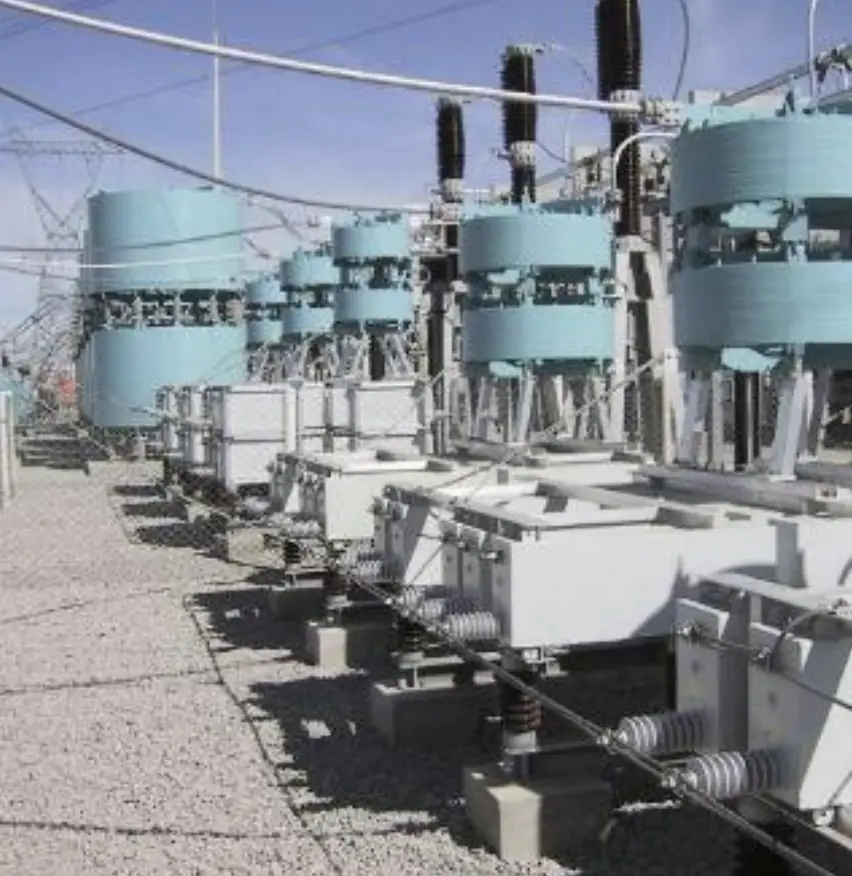
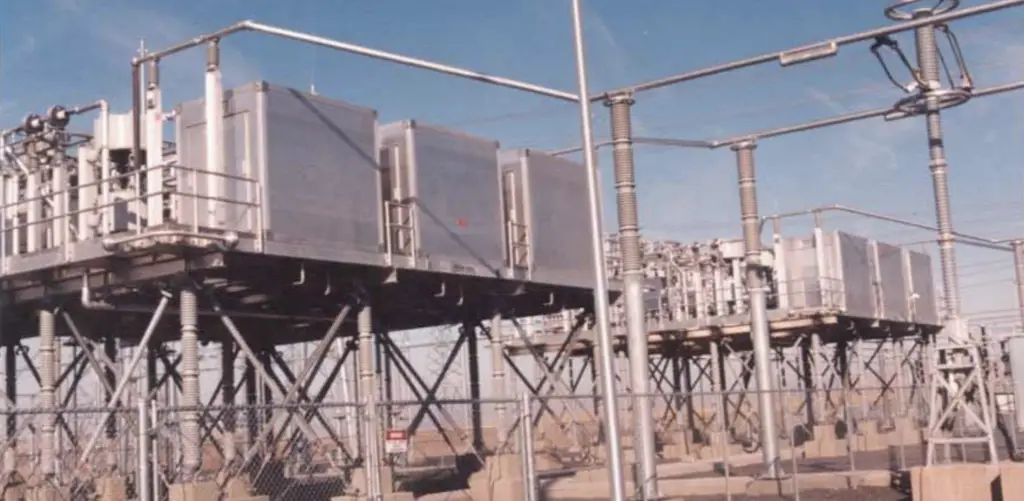
Cost of capacitor bank
Cost depends on the MVAR rating and whether it is an indoor or outdoor unit.
- 12kV 4MVAR capacitor in a metal-clad switchgear: ~$70,000
- 34.5kV 10.8MVAR capacitor in a metal-clad switchgear: ~$170,000
- 69kV 14.4MVAR capacitor fuseless outdoor type: ~$75,000
- 138kV 65MVAR capacitor fuseless outdoor type: ~$180,000
- 230kV 100MVAR capacitor fuseless outdoor type: ~$250,000
- 345kV 150MVAR capacitor fuseless outdoor type: ~$400,000
- 500kV 230MVAR capacitor fuseless outdoor type: ~$700,000
Lead time to procure capacitor bank
~25 weeks
Information on cost and lead time is for your general knowledge only. Contact vendor with your equipment specifications for actual figures.

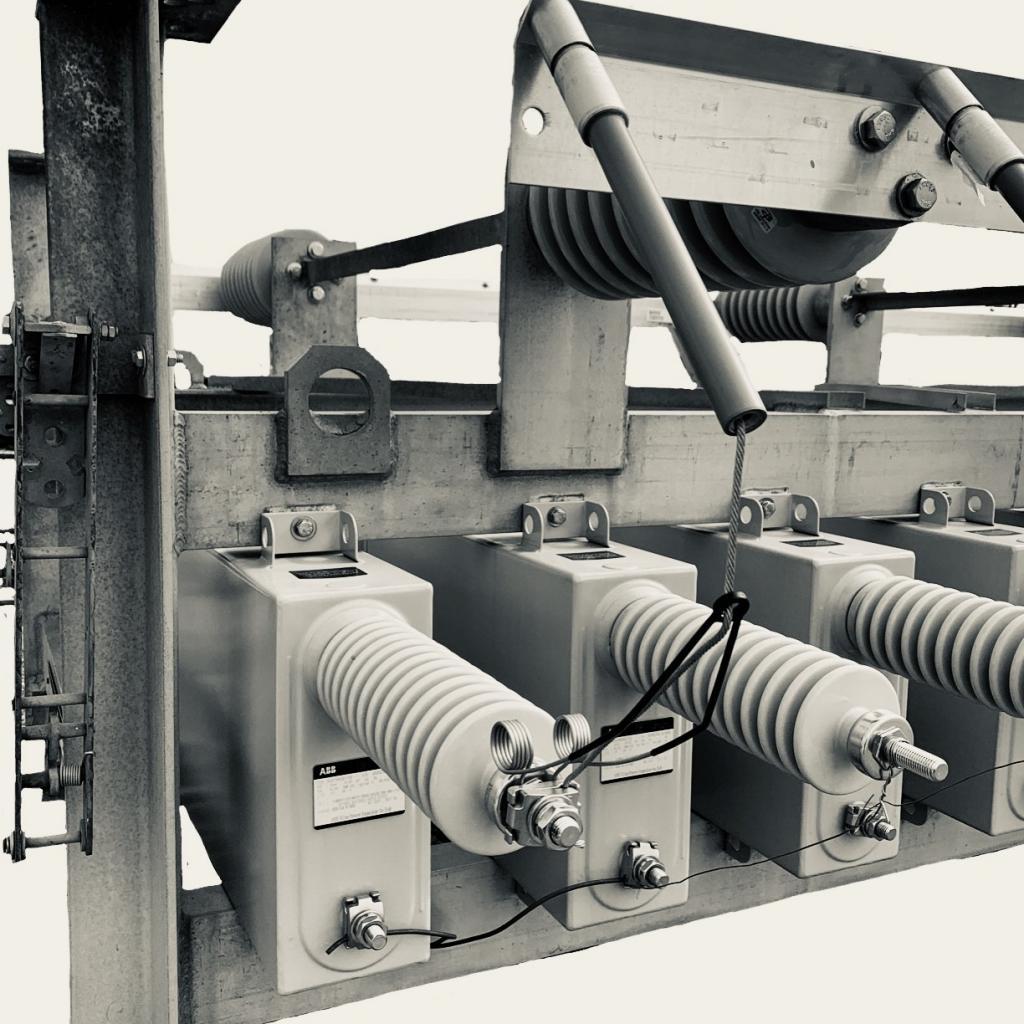

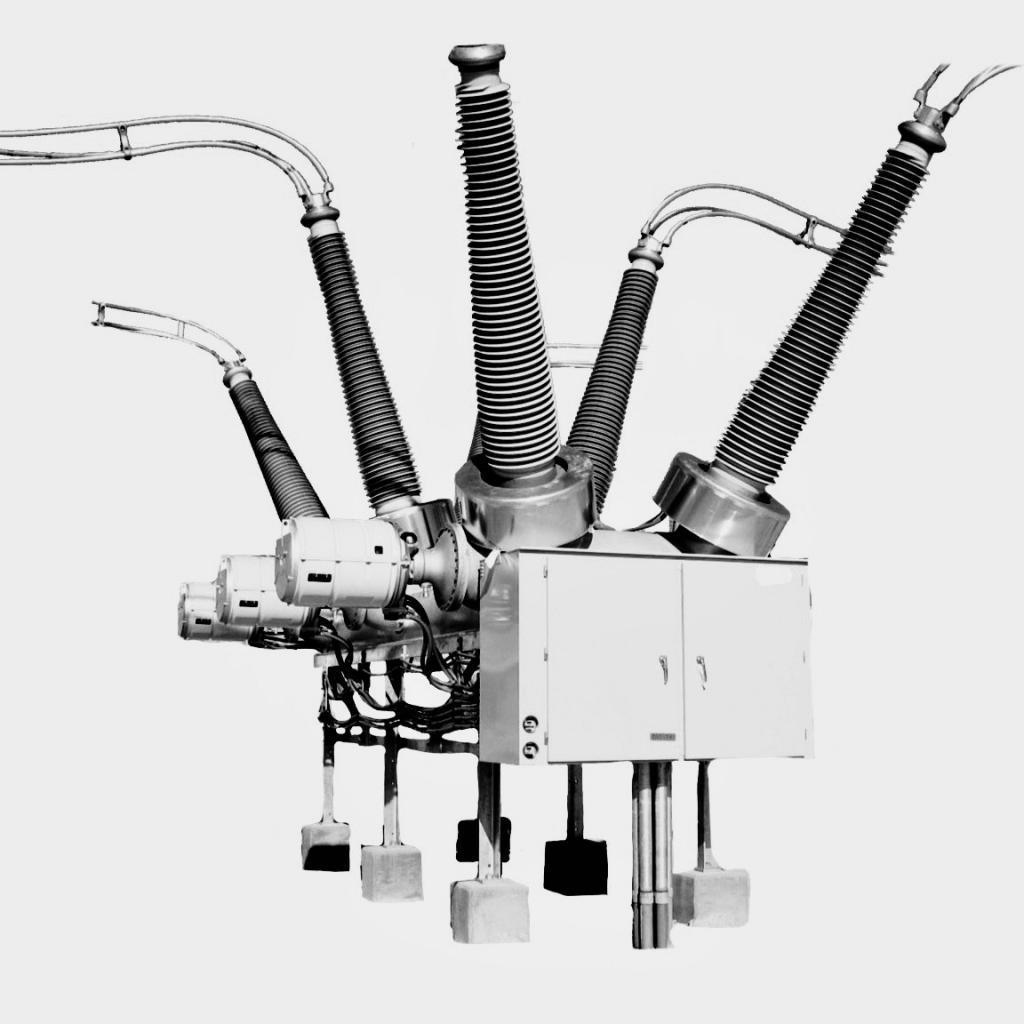
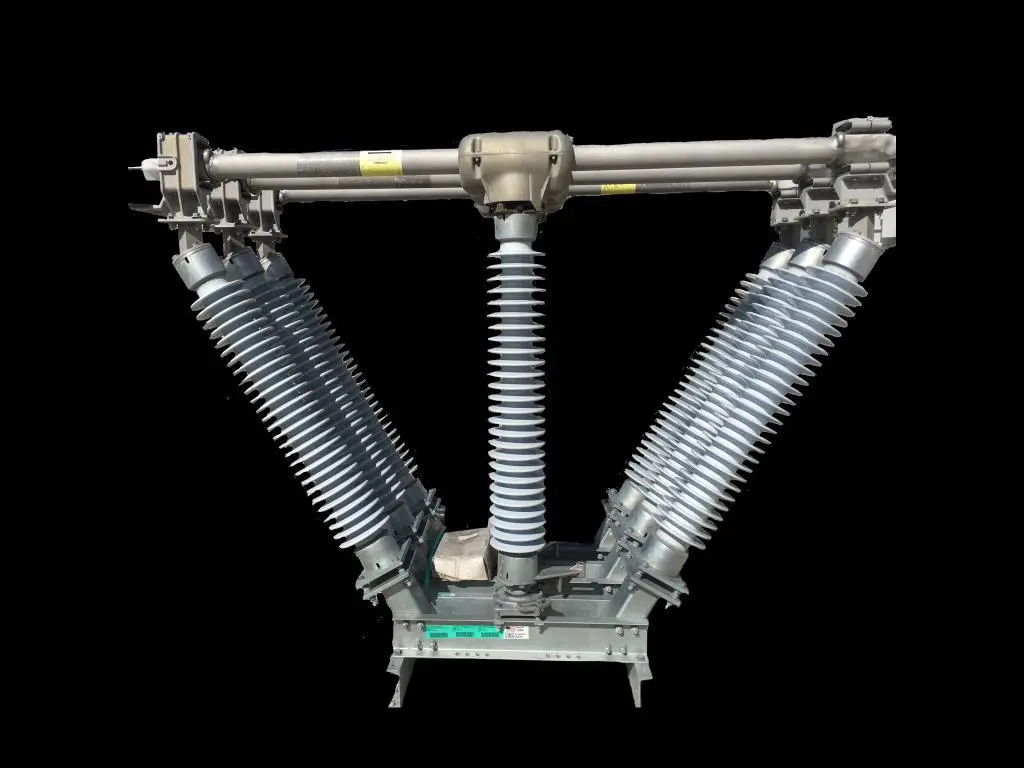
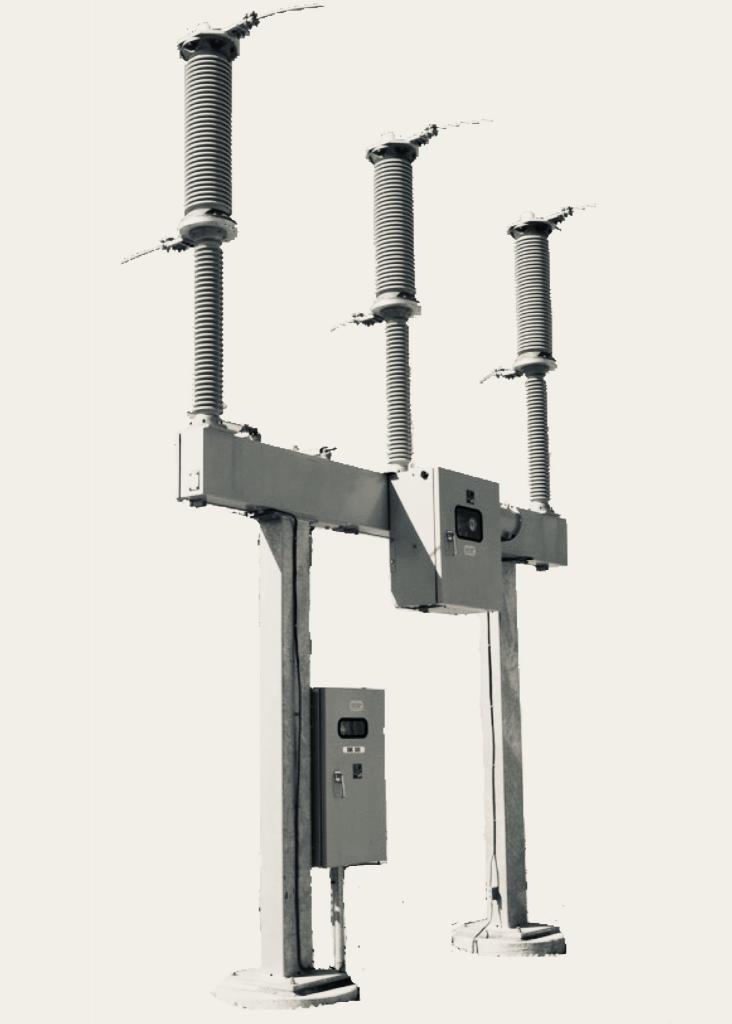
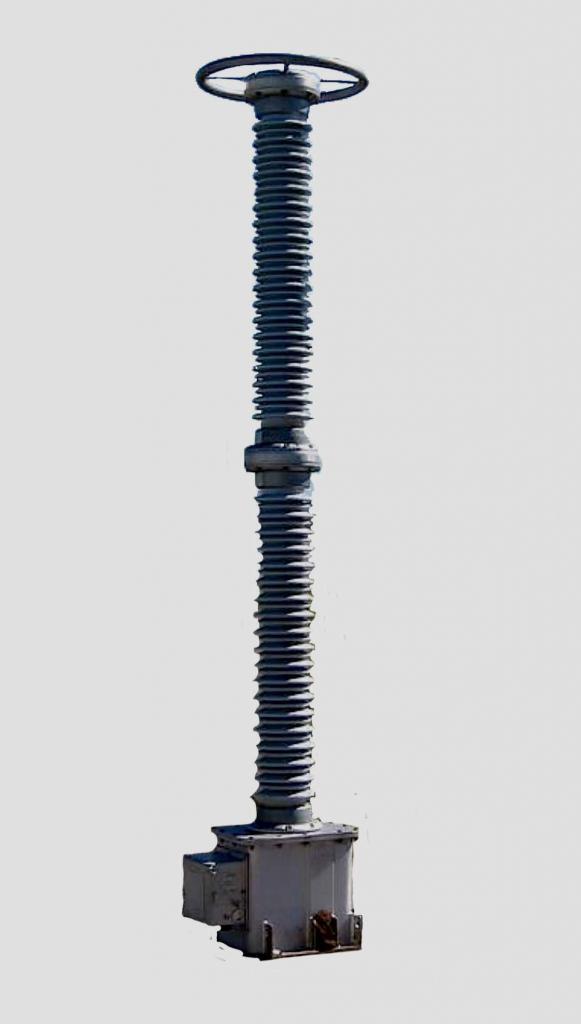

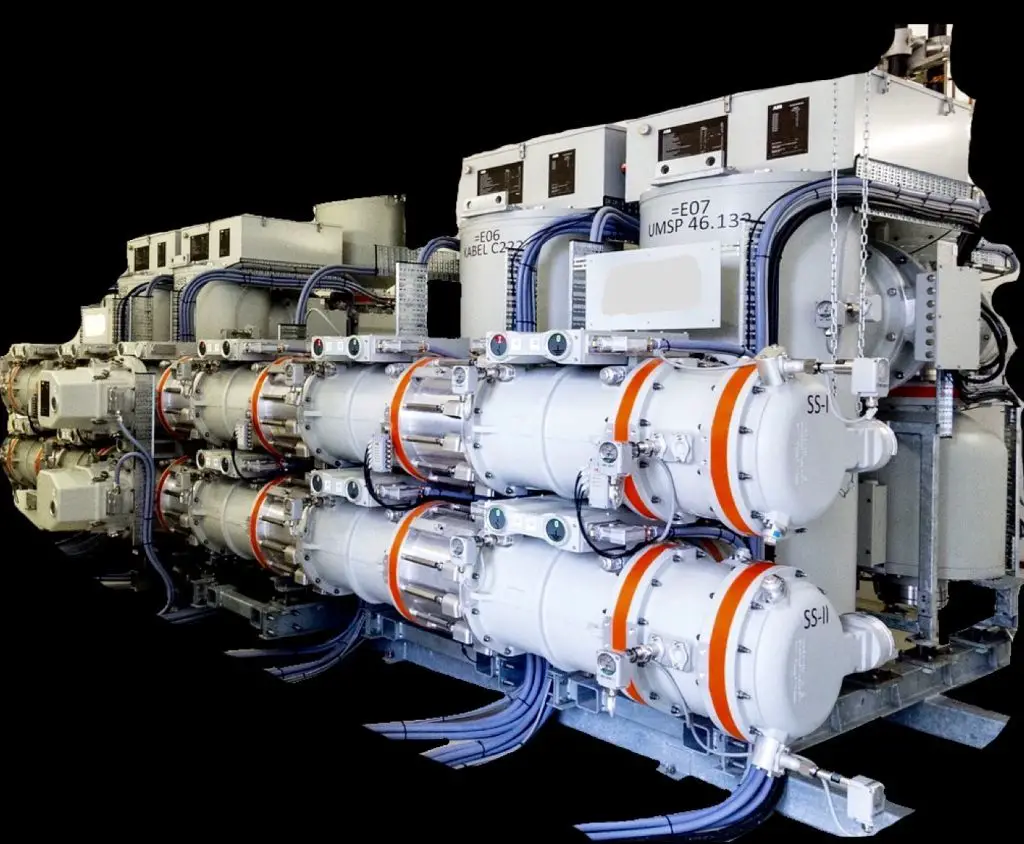
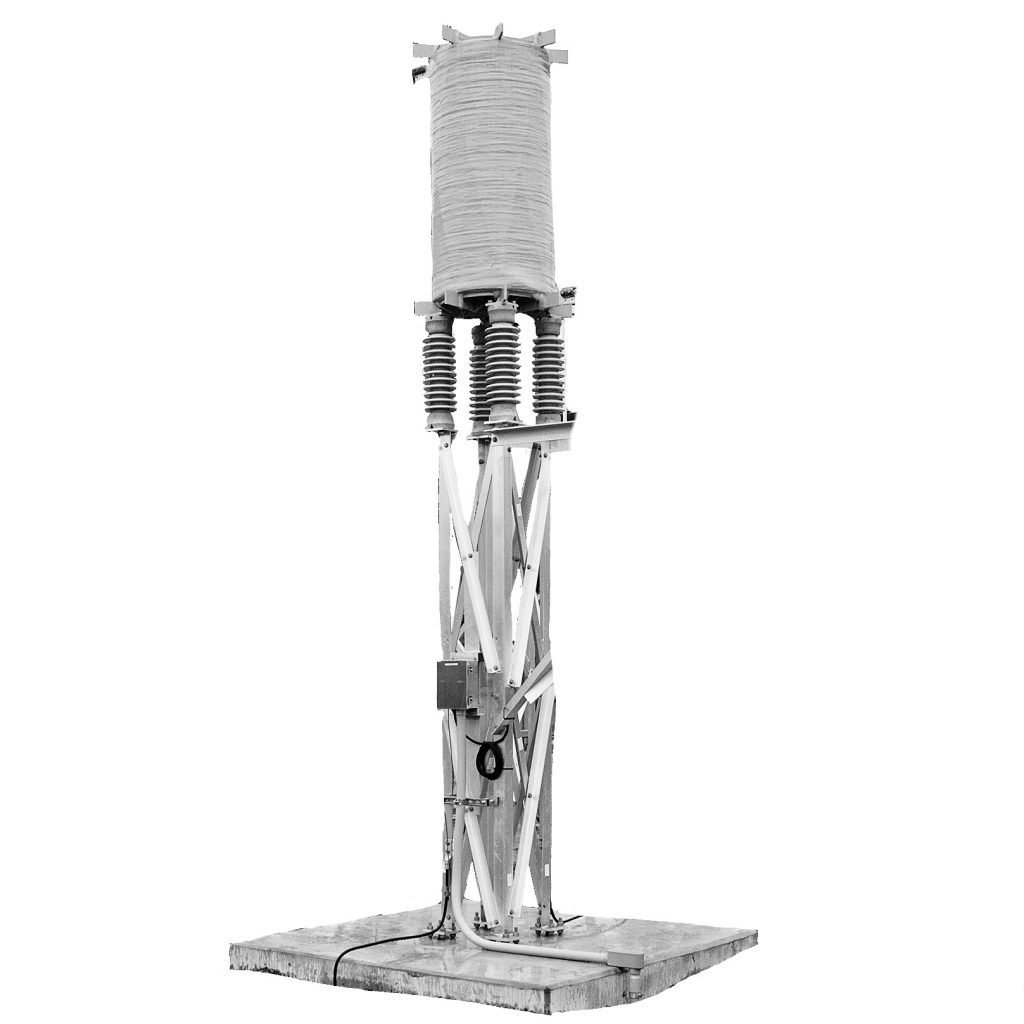
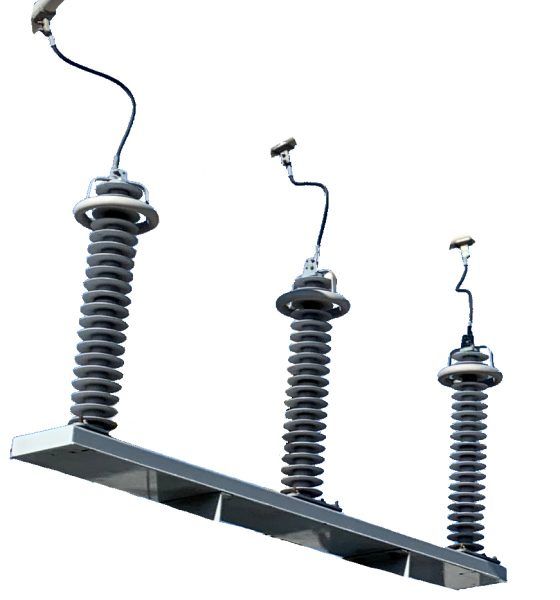

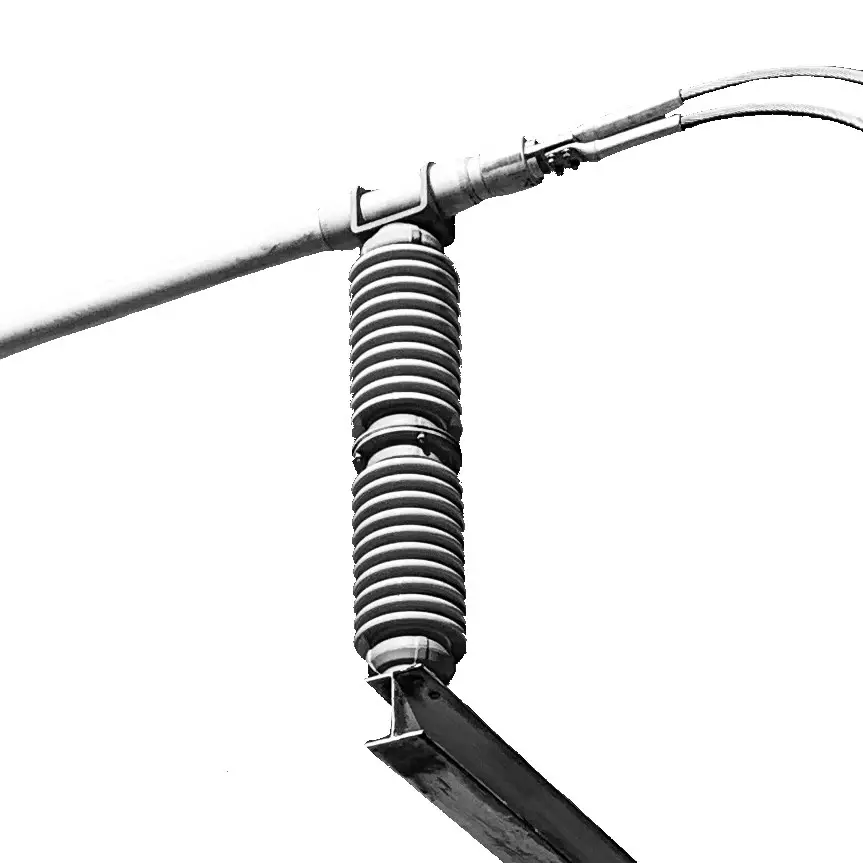
Stupid simple? Language, people! Language!